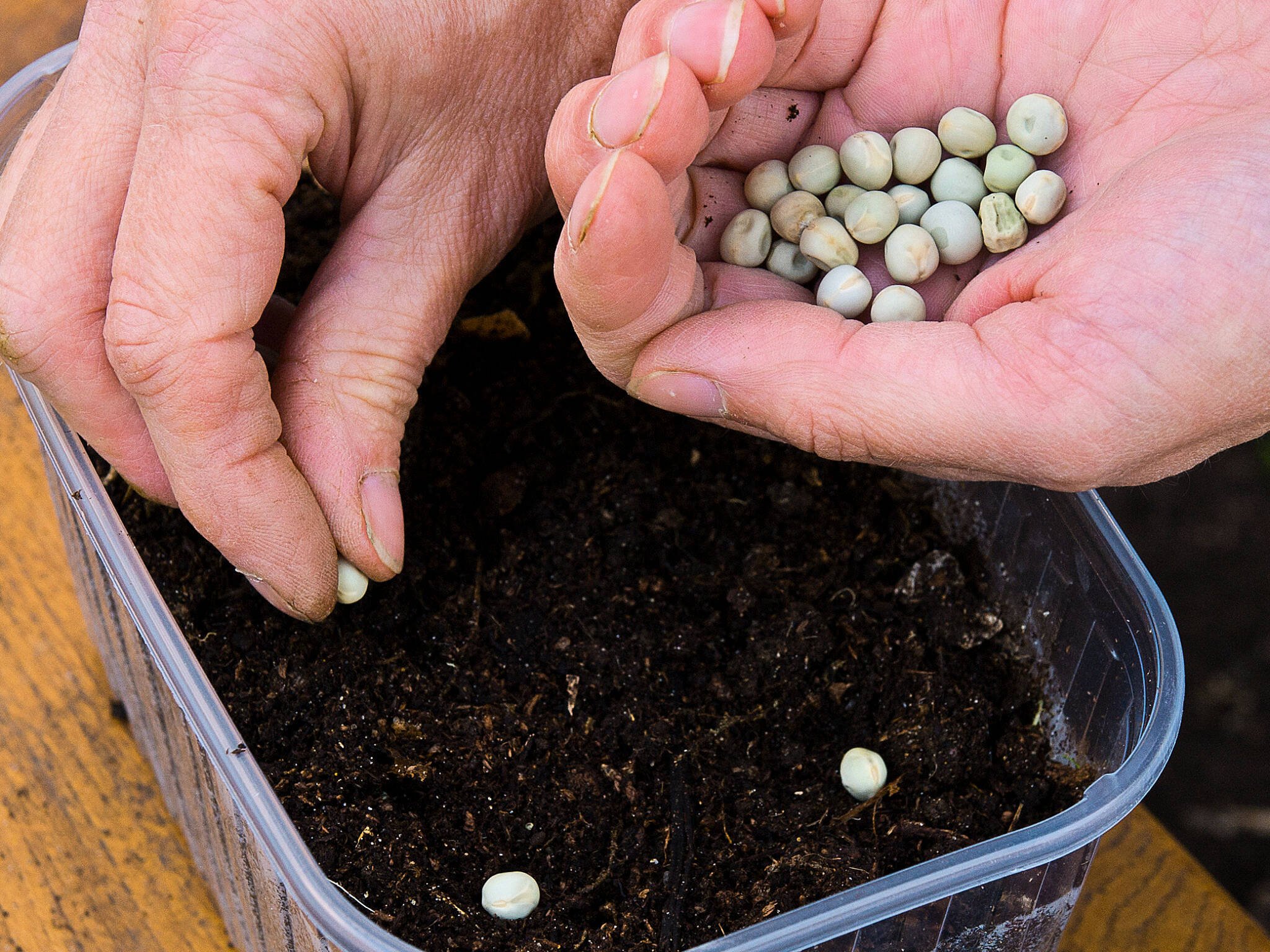IT may seem odd to be talking about sowing and planting as we wind our way through autumn, but it is well worth getting a few things into the ground. The number of fine dry days may be limited for the rest of the year so it is good to seize any moment when the ground is workable.
Try not to walk on wet soil and it’s best not to dig in wet conditions. If you feel the bed will never dry out, you can try turning wet sods over roughly so there is a better surface area exposed to the air. Use a fork to break up the clods when they have dried enough to allow this.
Onions and garlic
These can produce excellent crops if they are planted this month and you can beat problems with white rot with this early approach.
If you already prepared the beds, as suggested a couple of weeks ago, then you are in the sweet position of only having to pop onion sets and garlic cloves into the ground. Don’t worry if you haven’t made the beds yet – there is plenty of time to get digging whenever the weather allows.
Plant 15cm apart in rows 25cm apart . You can plant closer if you want smaller onions and if you haven’t had soil-borne diseases affecting these crops in the past. If you have severe problems with white rot (mouldy growth at the root end of bulbs) then planting further apart will help reduce the spread of spores between plants.
Make sure the tops of cloves/sets are pushed down under the soil’s surface and cover the bed with fine mesh crop protection if possible. Raise this up over a cloche frame and you can leave this in place until things warm up next year. Birds are likely to pull up some sets if you don’t cover the bed and small green shoots always benefit from protection against winter weather.
Tip: use a few organic acceptable slug pellets (ferric phosphate) as the shoots emerge, so slugs and snails don’t munch the tops off them.
Peas and broad beans
Try starting autumn sowing varieties in pots or tubs ¬– the deeper the better, so they hold a good depth of compost to allow unrestricted root growth. Put the pots on a bench in a greenhouse, polytunnel, or unheated porch, so the seedlings grow hardened to low temperatures. First shoots will appear in 2-3 weeks (old seeds can take longer than new ones). You can plant them out under cover when space clears.
 Start peas in tubs to grow on in the greenhouse. (Photo: Ben Russell)
Start peas in tubs to grow on in the greenhouse. (Photo: Ben Russell)
Tip: watch out for earwigs living under the pots and nipping young shoots.
Lettuce salad and spinach
If you sowed any of these in pots, then get them into the ground as soon as possible. These sowings will do well in a polytunnel or greenhouse. Their success outdoors will depend on the weather over the next few months – a cold-frame can make a big difference.
Lift seedlings out with as much intact root as possible – use a small spoon and lift the compost around the roots too. Firm these little plants into their new home and take care not to damage them. Soil should be damp rather than soggy.
You can still sow seeds for all of these in a greenhouse or polytunnel. They will grow very slowly in cold weather and the results will be very welcome in spring next year.
Worth waiting
My climbing French beans had a bit of a revival over the last few weeks. I thought they were finished in early September and almost removed them from the polytunnel. They took on a new burst of growth with the fine weather and a second flush of beans appeared. They are nowhere near as prolific as the earlier harvests, but it is very lovely to keep picking a handful of young beans to add to meals. They will have to go soon, to make room for other things, but I’m glad I held back and didn’t evict them too early.
Keep harvesting
There are still cucumbers, tomatoes, courgettes and peppers in the polytunnel. They may look less perfect than their summer cousins and it won’t be long before they stop cropping.
In the meantime, pick as soon as these tender crops ripen. They tend to soften faster and be more prone to splitting, or disease, at this end of the season, so be vigilant.
 Keep harvesting tender crops. (Photo: Ben Russell)
Keep harvesting tender crops. (Photo: Ben Russell)My basil plants are still going strong too. They often die back in early October. Again, some gave up a few weeks ago, but the remainder have grown a lovely flush of new leaves. There is nothing quite like basil as a reminder of summer, so freeze some chopped leaves with water in ice cube trays. You can use these to add the flavour of summer to winter cooking.









